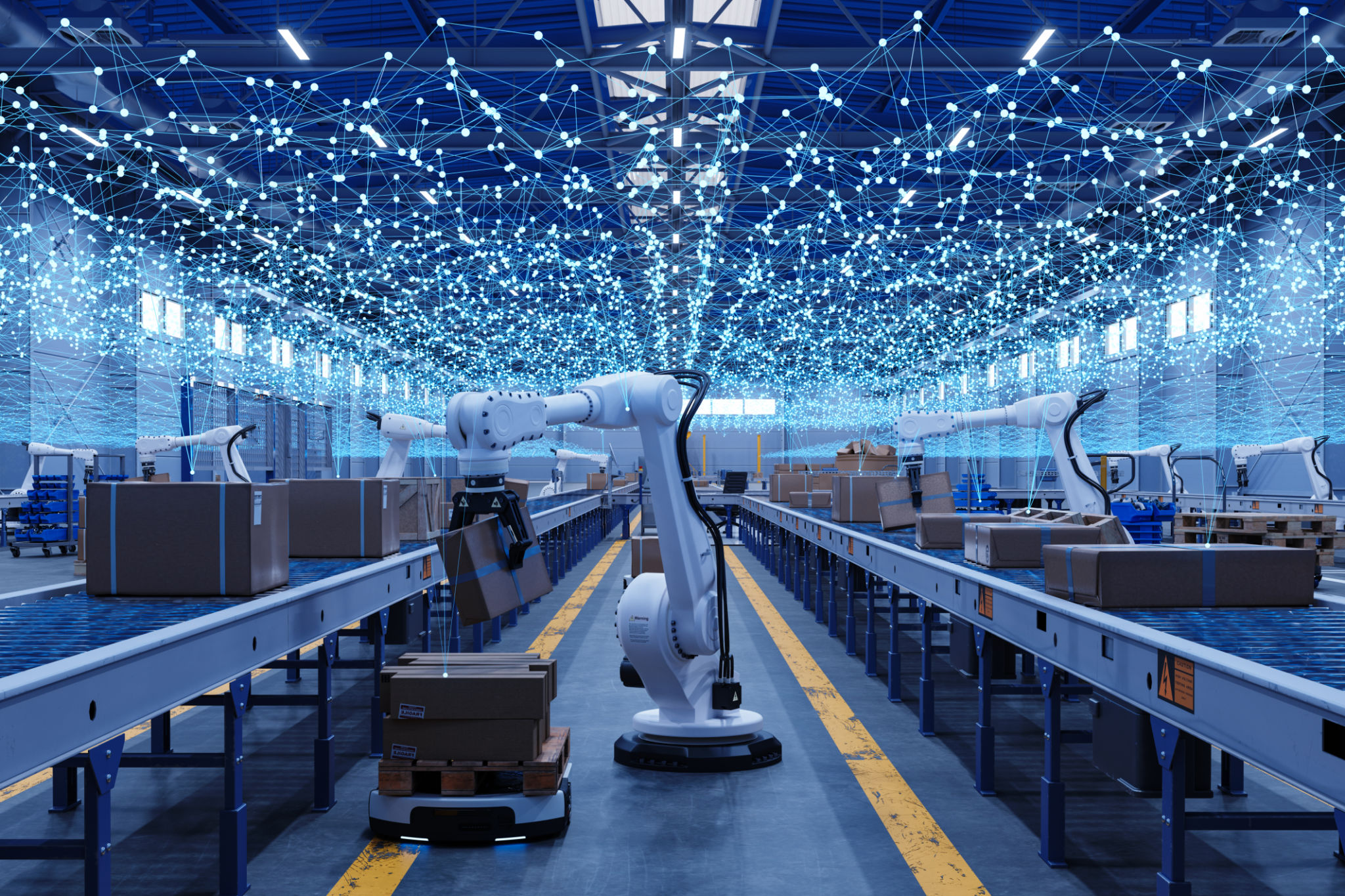Smart Machine Optimization: A Future Game Changer for OEMs
JM
Introduction to Smart Machine Optimization
In the rapidly evolving world of Original Equipment Manufacturers (OEMs), staying ahead of the curve is crucial. One of the most promising advancements in this domain is Smart Machine Optimization. This technology is poised to revolutionize how OEMs operate, enhancing efficiency, reducing costs, and improving product quality.
Smart Machine Optimization leverages data-driven insights to fine-tune equipment operations. By integrating advanced analytics and machine learning algorithms, OEMs can achieve unprecedented levels of performance and reliability. But what exactly does this entail, and how can OEMs harness its potential?

The Role of Data Analytics
Data analytics plays a pivotal role in Smart Machine Optimization. Through continuous monitoring of machine performance, manufacturers can gather valuable insights. This real-time data collection allows for predictive maintenance, minimizing downtime and extending the lifespan of equipment.
Moreover, by analyzing historical data, OEMs can identify patterns and anomalies that may indicate future issues. This proactive approach not only saves time but also significantly reduces maintenance costs. As a result, OEMs can allocate resources more efficiently and focus on strategic growth.
Benefits of Smart Machine Optimization
The benefits of Smart Machine Optimization extend beyond maintenance. Here are some of the key advantages:
- Enhanced Efficiency: Machines operate at optimal levels, reducing energy consumption and operational costs.
- Improved Product Quality: Consistent monitoring ensures products meet stringent quality standards.
- Scalability: OEMs can easily scale operations without compromising performance.

Implementing Smart Machine Optimization
Implementing Smart Machine Optimization requires a strategic approach. OEMs need to assess their current capabilities, identify gaps, and invest in the right technology. Collaboration with technology partners can facilitate a smoother transition and ensure the integration of the latest innovations.
Training and development also play a crucial role. Employees must be equipped with the necessary skills to leverage new technologies effectively. This investment in human capital is as important as the technological investments themselves.
Overcoming Challenges
Despite its numerous benefits, the path to Smart Machine Optimization is not without challenges. Data security is a primary concern, as integrating new technologies often involves handling sensitive information. OEMs must implement robust cybersecurity measures to protect their data.
Furthermore, the initial investment and transition period can be daunting for some manufacturers. However, the long-term benefits often outweigh the short-term challenges, making it a worthwhile endeavor for forward-thinking OEMs.

The Future of OEMs with Smart Machine Optimization
As technology continues to advance, the role of Smart Machine Optimization will become increasingly integral to the success of OEMs. Companies that embrace this change will likely lead the industry, setting new standards for efficiency and innovation.
In conclusion, Smart Machine Optimization represents a significant opportunity for OEMs to enhance their operations. By leveraging data analytics and machine learning, manufacturers can achieve greater efficiency, reduce costs, and improve product quality. As the industry moves forward, those who adapt to these changes will undoubtedly reap the rewards.
